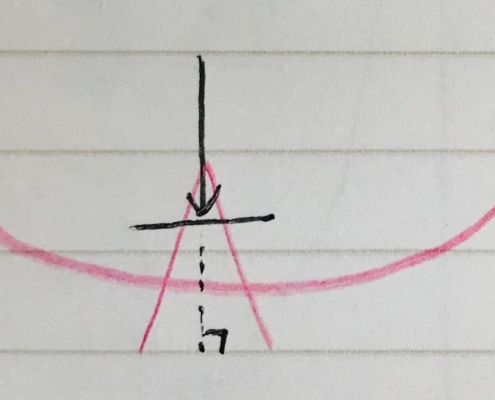
Experience the Respect for Life in Imoto Seitai: How It Differs from Other Therapies
Uncategorized“What is the difference between Seitai and other therapies (Shiatsu, Massage, etc.)?” This is a question I am frequently asked…
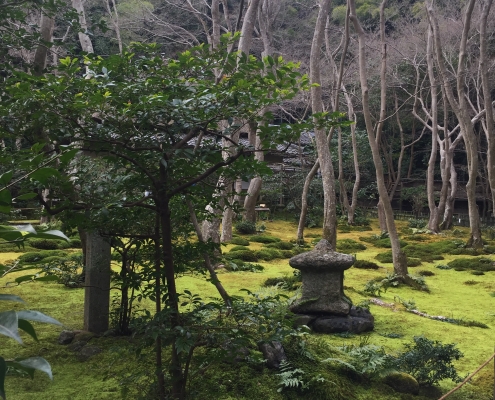
Long COVID Insights: A Guide to Recovery through Eastern Medicine
UncategorizedIt's been nearly four years since the COVID-19 pandemic began. During this time, we've experienced lockdowns, mask mandates in public spaces, social distancing, and the unprecedented mass administration of mRNA vaccines. Alongside debates about…
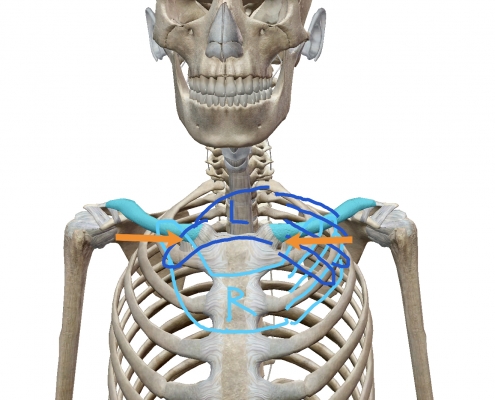
Seitai encourages you to fight back against COVID-19
UncategorizedIn the middle of the Coronavirus (COVID-19) pandemic, many people are in fear wondering if they got infected with the virus and some are struggling against it at home with no effective medicine available yet.
Even under these difficult situations,…

How Seitai deals with Burnout
Uncategorized“Burnout” boils down to a feeling of being utterly exhausted from work. Once the memory of this feeling is associated with a workplace in your brain, just thinking of the workplace will make you tired. It is a kind of emotional trauma…
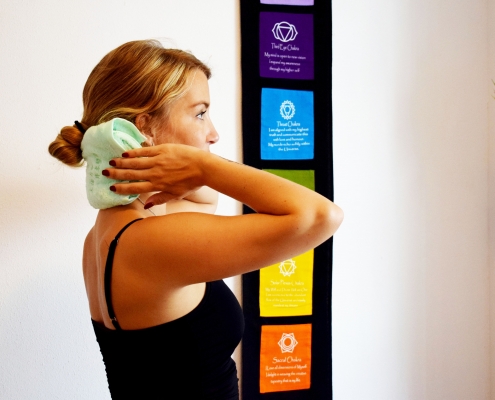
“All-purpose Self Therapy” to save medical expenses, and the meaning of symptoms
Uncategorized
In Seitai, “Steamed Towel Method” has been passed on to care for yourself. It is also called, “All-purpose Self Therapy”.
There are many Imoto-Seitai students who have spent nothing for their medical expenses for many years…
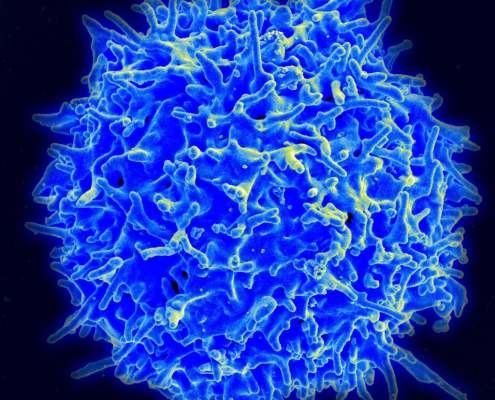
How to utilize “Colds and their benefits”?
UncategorizedRecently I found delightful news. I would like to write down the benefits of catching a cold and how to bring out the positive effects, inspired by the article.
Seitai has persistently emphasized the benefits of catching colds for over 60…
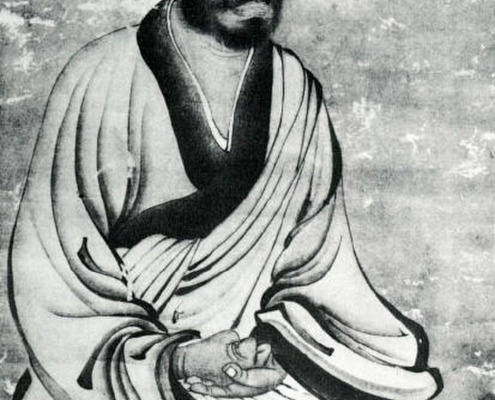
Mindfulness and Seitai
UncategorizedI heard that the Mindfulness is really popular in western world, also Holland in these days. They say the idea of Mindfulness came from Zen or Yoga, and presumably the necessity has been increasing for contemporary us tend to regret the past…
